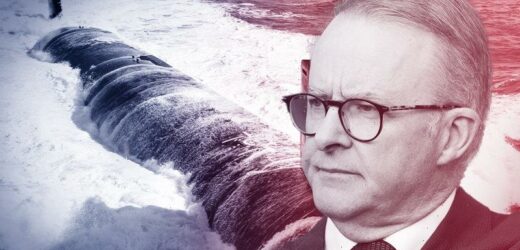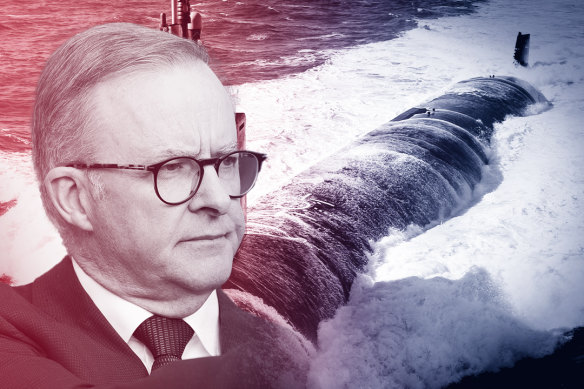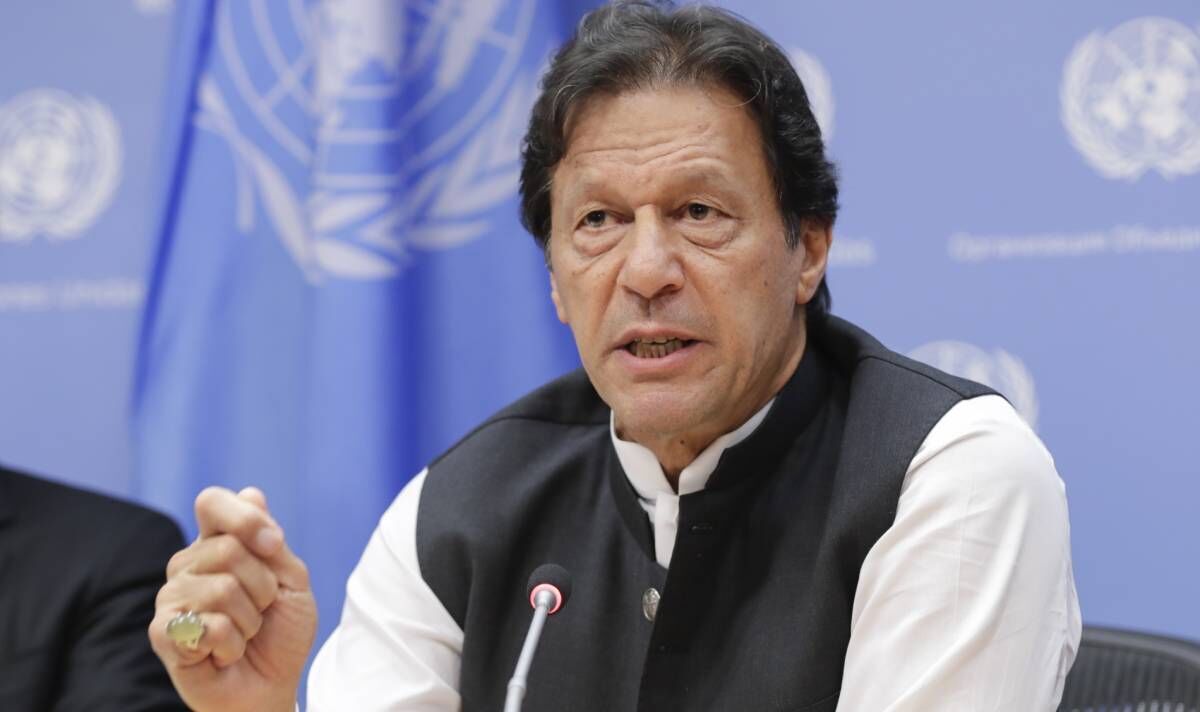A gale-force wind has just lifted Anthony Albanese to new political heights and given him a chance to turn this stunning support into a foundation for the future – and a second term.
The political storm over former prime minister Scott Morrison, including the rebukes from his colleagues about his multiple ministries, has helped Albanese convince many voters they were smart to send the former government crashing to earth with a thud.
Labor and Anthony Albanese now lead on the issue of national security and defence, which is supposed to be a Coalition strength. Credit:
A clear majority of Australians have decided they are satisfied with a new prime minister who has stepped easily into the job and seems comfortable in his position.
Peter Dutton not only inherits a weakened Liberal Party, courtesy of independents who gained blue-ribbon seats the Liberals need to win back, but has to bring his side together when their time in power is tarnished by Morrison’s break with convention.
Labor and Albanese lead on every measure in this new Resolve Political Monitor, the first to be conducted since the May 21 election. This includes leading on national security and defence – the portfolio Dutton held in the last term and an issue supposed to be a Coalition strength.
This survey marks a return for the Resolve Political Monitor to the approach taken when it began in April 2021. The key metric we use in the survey is the primary vote for each party and we ask a range of questions about policies and political performance. We are reluctant to over-simplify everything to a two-party calculation except in the final stages of an election campaign.
Are these results reliable? It is important that readers know that the Resolve approach proved itself at the last election.
“The election result’s primary vote gap between the Coalition and Labor was 3.1 points in the Coalition’s favour, but only Resolve got this gap correct,” wrote Adrian Beaumont, the election analyst at The Conversation and an honorary associate at the University of Melbourne’s School of Mathematics.
“While Resolve’s final poll understated both major parties and overstated the Greens, it was easily the best final poll.”
Almost three years out from the next election, calculating a two-party number for each major party would only be a very rough guide to what Australians think.
Other questions in this survey reveal more about the contrast between Albanese and Dutton and their parties at this stage of the political cycle. Who is the best for the country? Albanese leads by 23 percentage points. At the election, however, Morrison had a marginal lead of two points.
Who is honest and trustworthy? Albanese has a lead over Dutton of 25 percentage points on this question. His lead over Morrison was just four points before the election.
Who is listening and focused on the right issues? Albanese leads by 32 percentage points compared to just four points in May.
What we cannot know is whether this will last. The simplest test of the endorsement for Albanese is the fact that 55 per cent of voters name him their preferred prime minister compared to just 17 per cent for Dutton, but there is no certainty on this.
Labor prime minister Kevin Rudd had a lead of 70 to 17 per cent against Liberal leader Brendan Nelson in a Nielsen survey in early 2008 but lost it all two years later when his government made the catastrophic mistakes of going to water on climate change and then turning on themselves.
Albanese is on a path to a second term in government if he turns this new support into a foundation for the future rather than letting it slip through his fingers like a gust of air. His advantage: he lived through Labor’s last period in power as a cabinet minister for six years. Those years of infighting remain a compelling lesson in what not to do.
Most Viewed in Politics
From our partners
Source: Read Full Article



